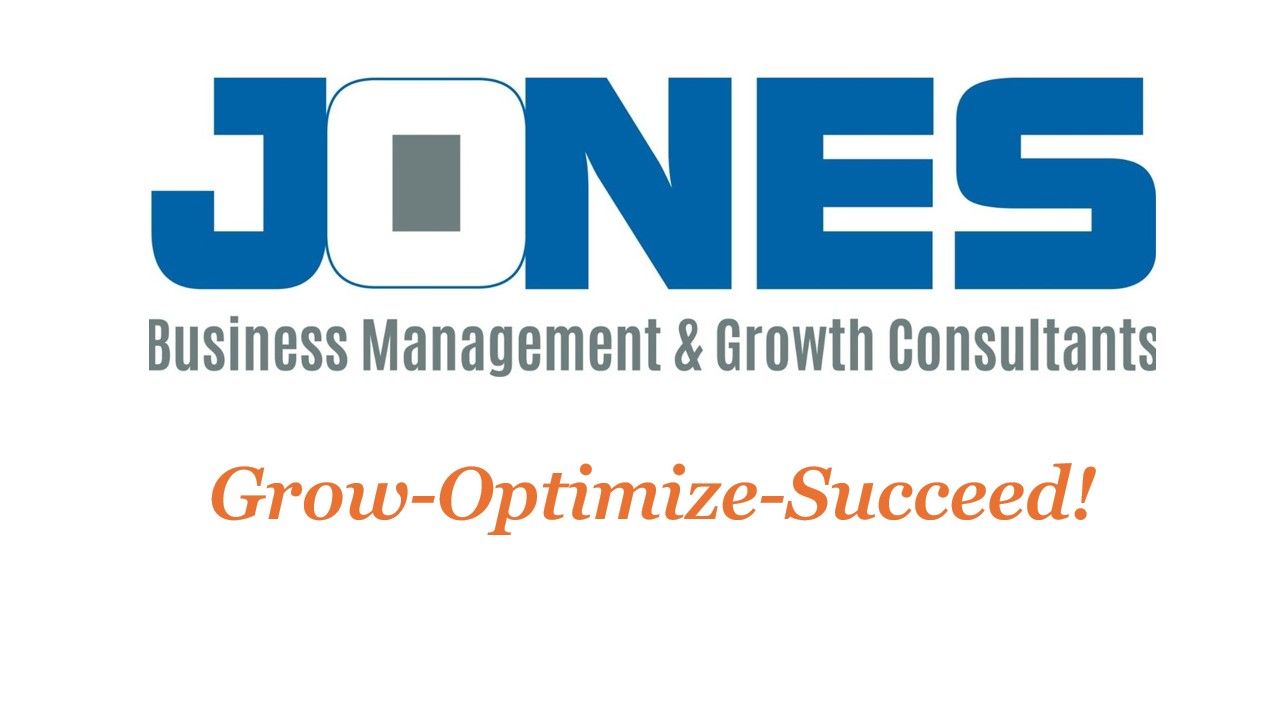The Owner Mindset Shift: From Landscaper to Business Builder
Why Stepping Out of the Field Unlocks Your Business’s Potential

Most landscaping businesses start the same way: the owner with a mower, a truck, and a drive to make a living. That is where the hustle begins, and it is how the first clients get served. But at some point, staying stuck in that role limits not only the business, but your own life.
The shift from landscaper to business builder is what separates the companies that stay small from the ones that grow, scale, and thrive.
The Trap of Staying in the Field
When you are running a trimmer or pushing a mower, you are producing. But you are also stuck. Every hour you spend in the field is an hour you cannot spend building the systems, team, and vision that move the business forward.
Many owners believe they have to be on every job to keep quality high or to “set the example.” In reality, this keeps you chained to the work instead of building the business that can outlast you.
The Builder’s Mindset
Making the shift means changing how you see yourself.
- From worker to leader.
- From operator to strategist.
- From chasing today’s work to building tomorrow’s future.
A business builder sets the vision, develops people, and creates processes that deliver consistent results. They measure success not by how many lawns they cut, but by how well the business runs without them in the truck.
What Freedom Looks Like
Imagine a business where the crews know what to do without constant direction. Imagine numbers you can trust, profit you can measure, and growth you can plan for. Imagine being free to focus on strategy, family, and opportunities, instead of burning out in the field.
That is not just a dream. It is what happens when you step into the role of business builder.
Your Next Step
If you are ready to stop working in your business and start working on it, join my G.Y.S.T. Academy on Skool. Inside, we walk through the exact mindset shifts and systems that allow you to step out of fieldwork and lead a business that supports your life.
👉 Join the Skool community here and start your transition from landscaper to business builder today.
Are you looking for some one on one help? Schedule a free meeting with me here to discuss your business and ways I can help you break free










